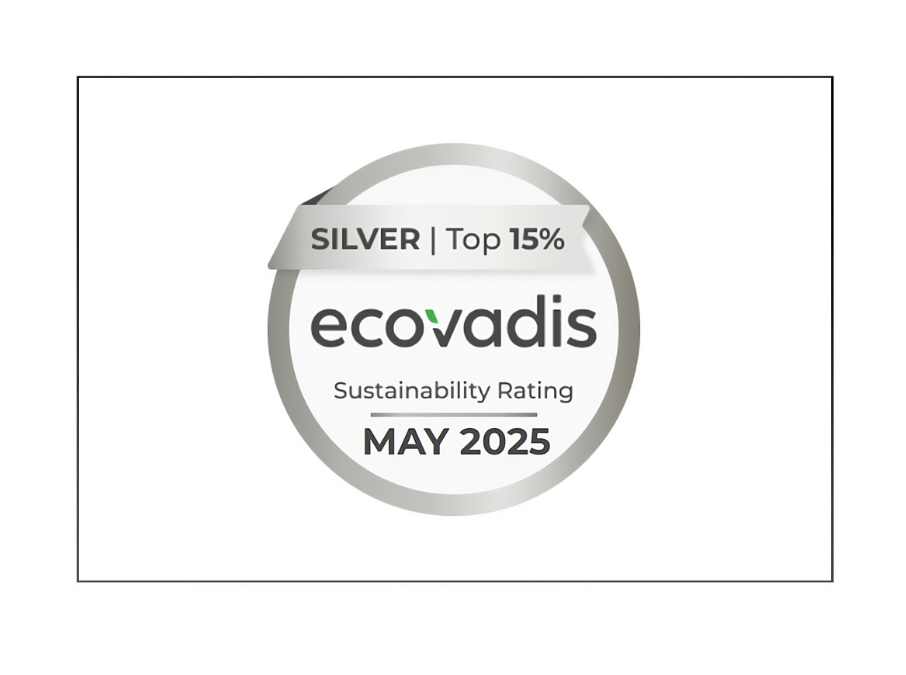Under the auspices of AIM, the European Brands Association, over 85 companies and organizations from the complete packaging value chain have joined forces with the ambitious goal to assess whether a pioneering digital technology can enable better sorting and higher-quality recycling rates for packaging in the EU, to drive a truly circular economy. Masterpress is proud to be a member of this consortium.
One of the biggest challenges in achieving a truly circular economy in packaging is to better recover and sort post-consumer waste by accurately identifying the packaging by type, resulting in higher quality and increased quantities of recycled materials. Digital watermarks may have the potential to revolutionize how packaging is sorted in waste management systems, as it opens new possibilities which are currently not possible with other existing technologies. Under Ellen MacArther Foundation’s the New Plastics Economy program, digital watermarks were found to be the most promising technology, gathering support among the majority of stakeholders by passing a basic proof of concept on a test sorting line. The “HolyGrail 2.0” project is the next phase in as a cross-value chain initiative under which this development will take place on a much greater scale and scope. This will include the launch of an industrial pilot in order to prove the viability of digital watermarks technologies for more accurate sorting of packaging and higher-quality recycling, as well as the business case at large scale.
Digital watermarks are imperceptible codes, about the size of a postage stamp, covering the surface of a consumer goods packaging. They can carry a wide range of attributes such as manufacturer such as SKU, type of plastics used and composition for multilayer objects, food vs. non-food usage, etc. The goal is that once the packaging has entered into a waste sorting facility, the digital watermark would be detected and decoded by a standard high resolution camera on the sorting line, which then – based on the transferred attributes – is able to sort the packaging into corresponding streams. The result would be better and more accurate sorting streams therefore providing higher quality recyclates, adding benefit to the entire packaging value chain. Digital watermarks also have the potential to be used in other areas such as consumer engagement, supply chain visibility, and retail operations.



